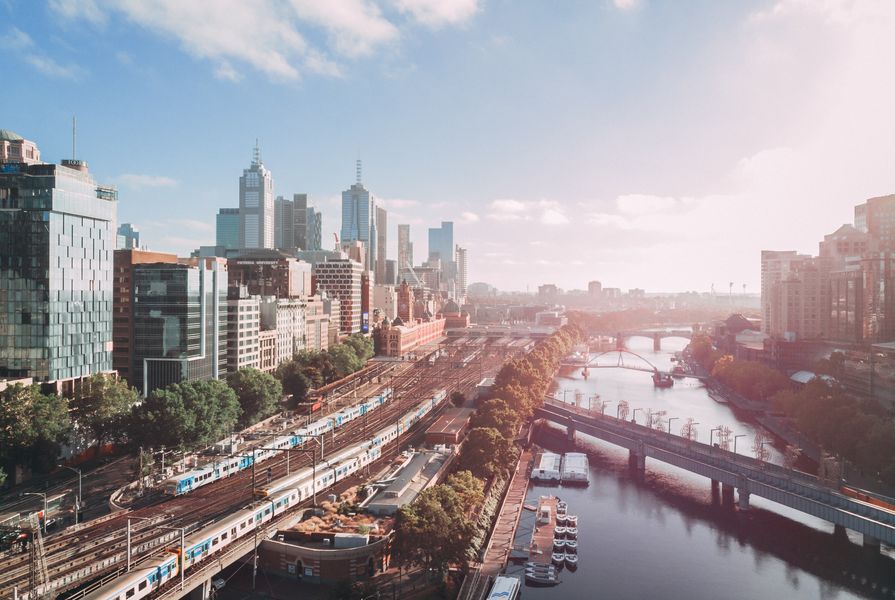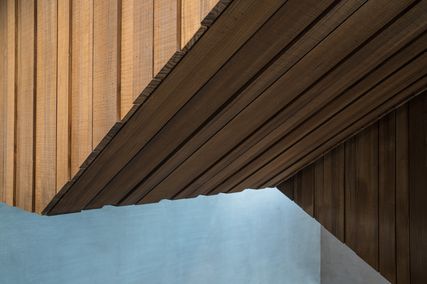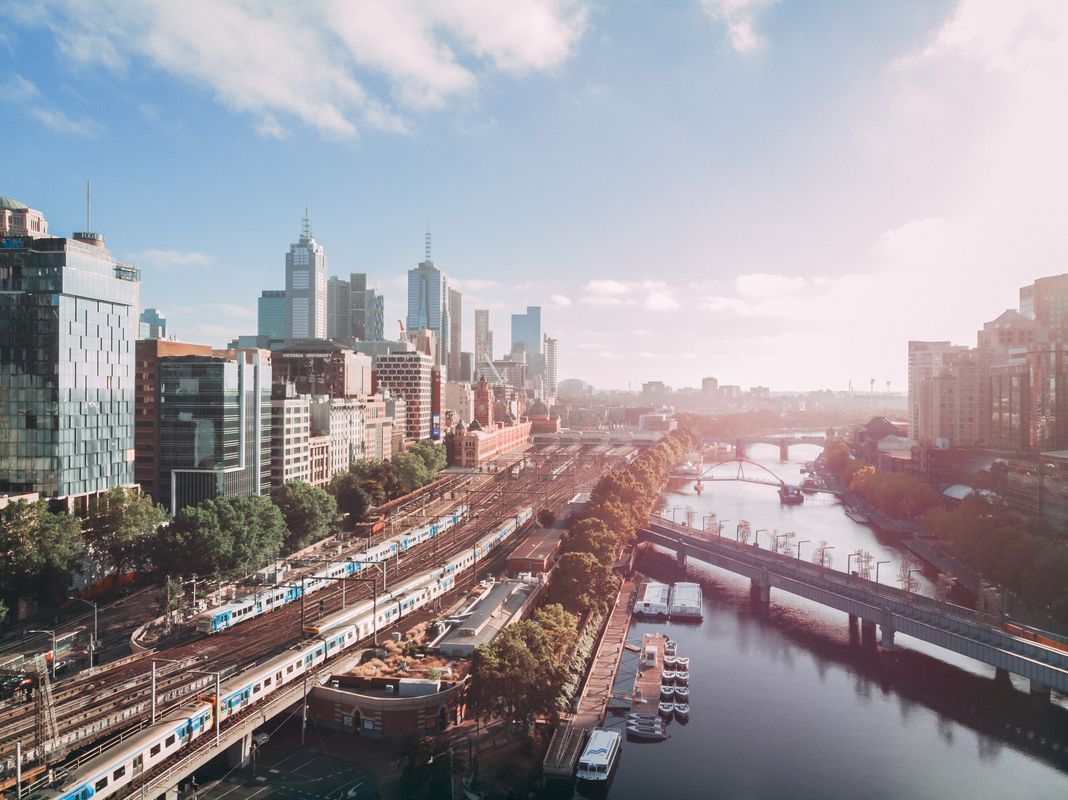The City of Melbourne has released a new blueprint outlining its vision for the future most populated city in Australia.
Melbourne is forecast to become the most populated city in Australia by 2026. In response to this, the City of Melbourne has developed a Municipal Planning Strategy to make Melbourne a better place to live, work, study and visit by investing in new growth areas.
The Municipal Planning Strategy plots how Melbourne will look over the next ten to 20 years, earmarking areas such as Docklands, Macaulay and Arden to cater for the thousands of new expected residents.
The strategy focuses on issues of climate change, affordable housing, jobs creation and the deliverance of high-quality development and design, in what acting Lord Mayor Nicholas Reece has called “one of the most forward-looking plans since ‘Postcode 3000’”.
Postcode 3000 was a planning initiative launched in the early 1990s, coordinated by the City of Melbourne and championed by then-premier Jeff Kennett, which aimed to boost residential development in the CBD.
“Over the past 30 years, our city has changed at a rapid pace, bringing both amazing opportunities and tough challenges,” said Nicholas. “If we want to retain our place as Australia’s most liveable city then we need to have a clear blueprint.”
The Municipal Planning Strategy underpins the vision for the future city with six goals. These are: creating more jobs for a stronger economy; protecting Melbourne’s distinctive cultural identity; addressing emissions reductions targets to net zero by 2030; reducing economic and social inequality; improving safety and wellbeing; and celebrating First Nations culture, lore, knowledge and heritage.
The strategy has been years in the making, informed by draft strategies like the City Spatial Plan, which outlines place-based strategies for growth across the municipality. The anticipated opening of five new metro stations across Melbourne has also fed into the projections for future living patterns.
The strategy will be considered by councillors at the Future Melbourne Committee meeting on 19 July, prior to being released for public exhibition and consultation.
















